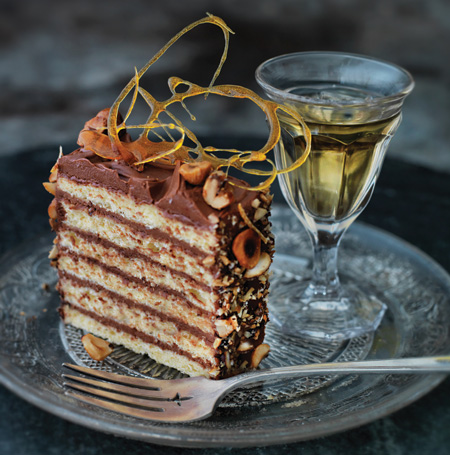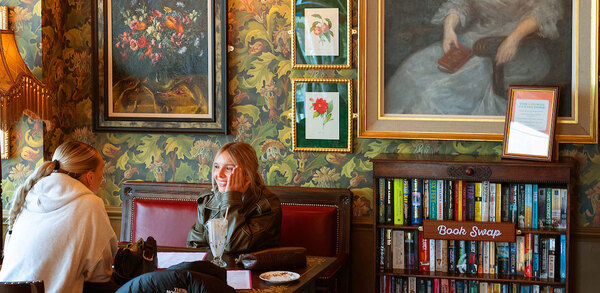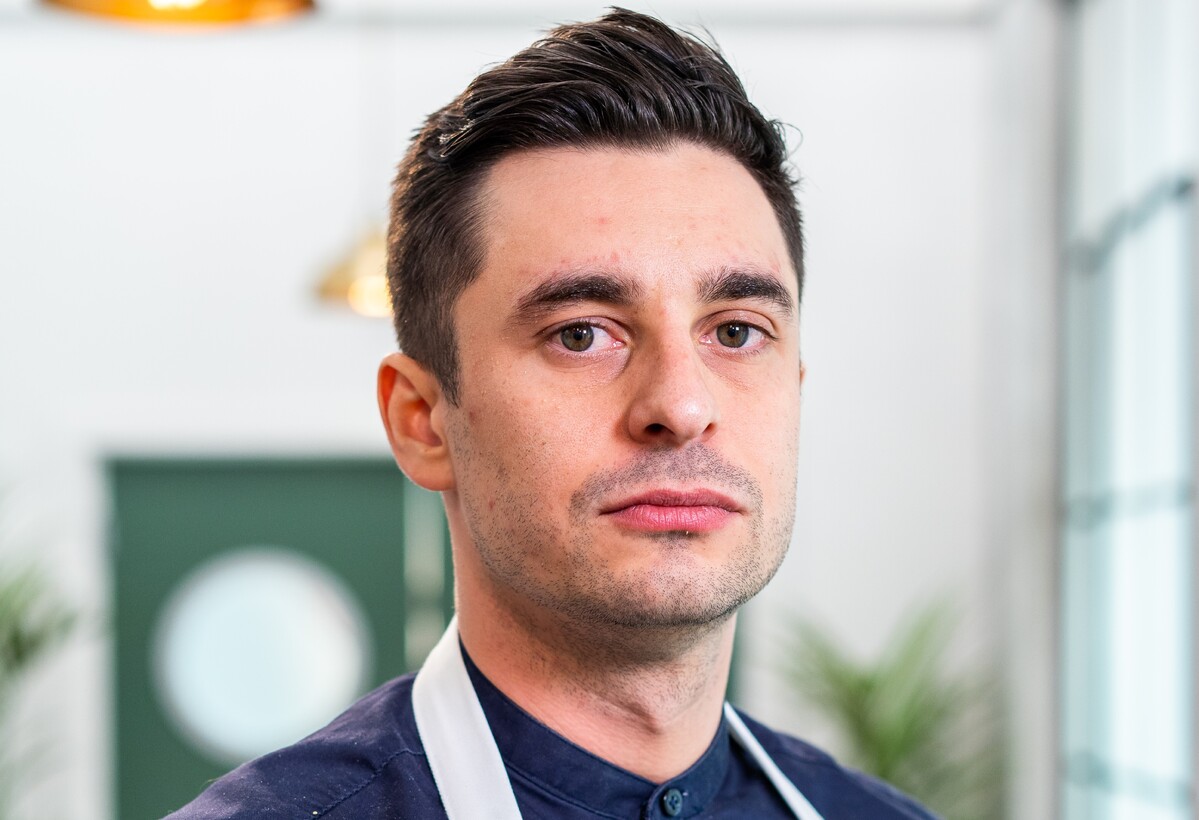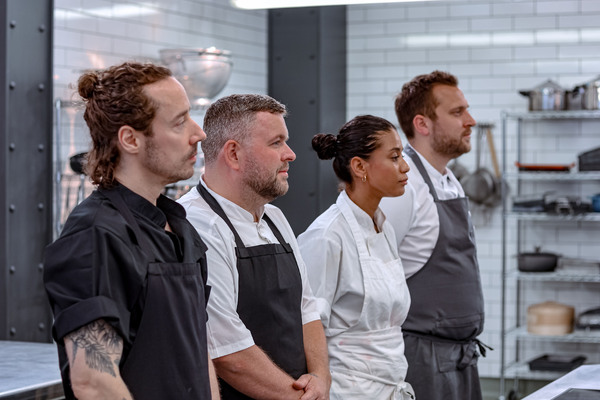Recipe: Dobos Torte by Claire Clark
I learned to make this cake at college, while studying for my advanced pastry exam. It was invented by Jozsef Dobos, a leading confectioner, in Budapest in 1885. Apparently there are over a hundred variations, perhaps because Jozsef would not share his recipe until 1906, when he retired and donated a copy to the Budapest Confectioners Guild. I am sharing my college recipe with you. I cannot confirm whether it is the original or not but it is absolutely lovely and remains in my repertoire to this day.
- 6 large eggs, separated
- 150g icing sugar, sifted
- 1tsp vanilla extract
- 130g plain flour, sifted
- Grated zest of 1 orange
Chocolate buttercream
- 120g dark chocolate (70% cocoa solids), finely chopped
- 5 egg yolks
- 150g caster sugar
- 3tbs water
- 225g unsalted butter, cut into 2.5cm cubes
- A few drops of orange oil
- A pinch of salt
To decorate
- 15 hazelnuts, toasted and chopped
- 150g caster sugar
- 3tbs water
Heat the oven to 180°C/Gas Mark 4. Grease a 40cm x 28cm baking tray and line it with baking parchment.
Using an electric mixer, whisk the egg yolks with half the icing sugar and the vanilla until thick and pale. In a separate bowl, whisk the egg whites with the remaining icing sugar until they form stiff peaks. Using a large metal spoon, gently fold a third of the meringue into the egg yolk mixture. Now fold in a third of the flour. Repeat the process until all the egg whites and flour have been incorporated, taking care not to over mix and lose volume. Gently fold in the orange zest.
To make the buttercream, melt the chocolate in a microwave or in a bowl set over a pan of lightly simmering water, making sure the water doesnât touch the base of the bowl. Using a freestanding electric mixer, whisk the egg yolks on low speed. Put the sugar and water into a heavy-based pan and mix well to dissolve the sugar. Wash down the sides of the pan with a pastry brush dipped in cold water to remove any sugar crystals. Bring to the boil over a high heat and cook without stirring until it reaches 118°C (soft-ball stage) on a sugar thermometer. Pour it on to the egg yolks in a slow trickle, mixing on a low speed. Increase the speed to medium and continue to whisk until the mixture is pale and fluffy and barely warm. Add the butter a little at a time, whisking well after each addition. Remove from the mixer and fold in the melted chocolate, orange oil and salt.
Cut the cake into 6 equal strips. Set the first piece on a cake card and spread with a layer of the buttercream. It should be the same thickness as the sponge sheet. Place another piece of sponge on top, spread with buttercream, and repeat until all the sponge has been used. Cover the top and sides of the cake with the remaining buttercream, giving them a thicker layer. Press the chopped toasted hazelnuts on to the sides of the cake to cover. Put the cake into the fridge to firm up while you prepare the decoration.
Line a baking sheet with a silicone mat. Put the sugar and water into a heavy-based pan and mix well. Wash down the sides of the pan with a pastry brush dipped in cold water to remove any sugar crystals. Bring to the boil over a high heat and cook, without stirring, until it turns into a golden caramel. Spoon immediately on to the baking mat in irregular shapes and leave to cool and harden. Remove the cake from the fridge and decorate with the caramel shapes.



















